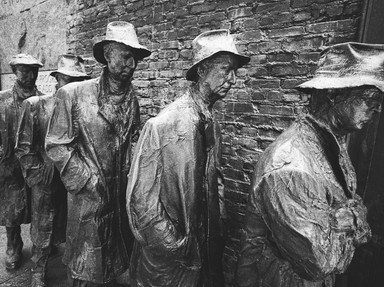Quiz Answer Key and Fun Facts
1. According to Howard Zinn, in the 1920s one tenth of 1 percent of families received as much income as what percent of all other families?
2. As Zinn states "Few political figures spoke out for the poor of the twenties". Zinn talks about one of the few that did. He was a Congressman for the immigrants of East Harlem who stated "I asked for your help and you send me a bulletin. The people of New York cannot feed their children on Department bulletins". Can you name this Congressman who has an airport named for him?
3. Which is NOT true about the Mellon plan?
4. Zinn discusses John Galbraith, who studied the reasons behind the speculation leading to the crash in 1929. What did he say was behind the speculation?
5. Who stated in 1931 "the average man won't do a day's work unless he is caught and cannot get out of it. There is plenty of work to do if people would do it". He than proceeded less than a week later to lay off 75,000 of his employees.
6. In 1931 there was much food and clothes in warehouses, as well as lots of empty homes.
7. What were the 20,000 who in 1932 came to Washington DC and camped across the Potomac River from the Capitol demanding?
8. Which of the following was NOT true about Franklin D Roosevelts's National Recovery Act?
9. In 1934 "boot leggers" who were illegally mining coal in Pennsylvania were all successfully prosecuted.
10. What gave unions legal status?
Source: Author
triathlonrules
This quiz was reviewed by FunTrivia editor
bloomsby before going online.
Any errors found in FunTrivia content are routinely corrected through our feedback system.

